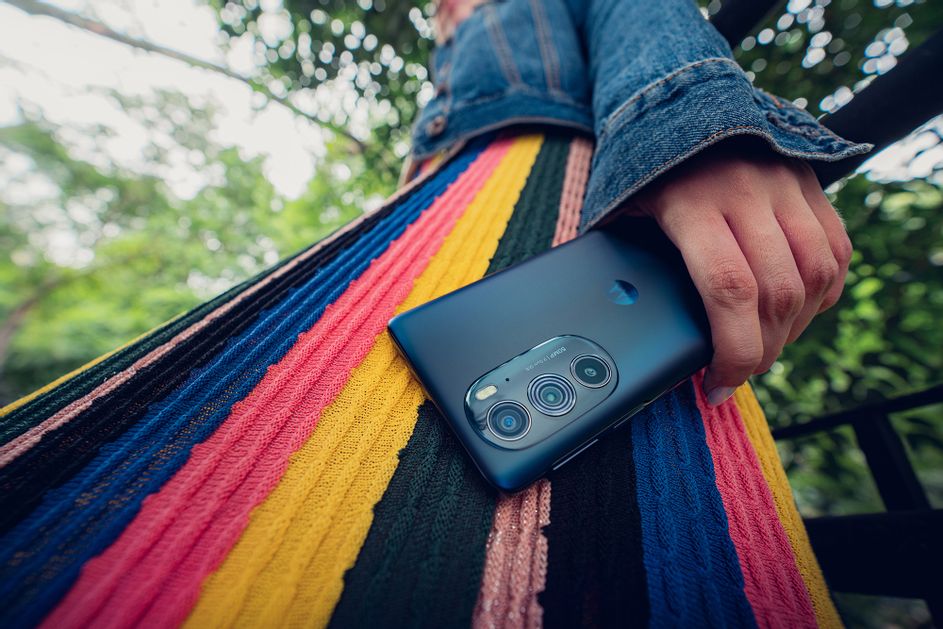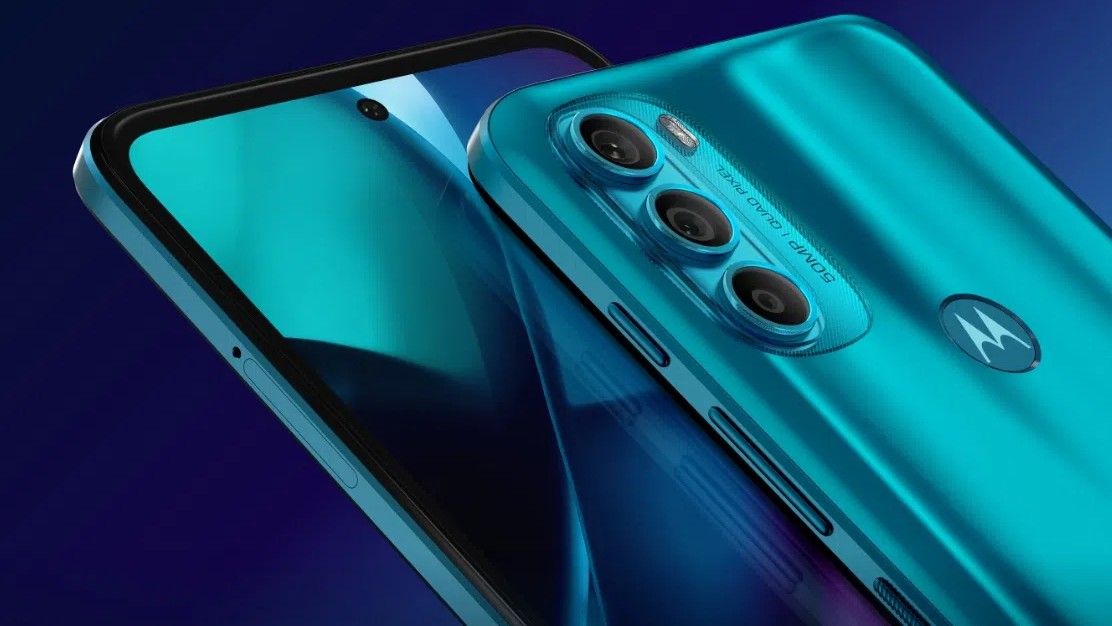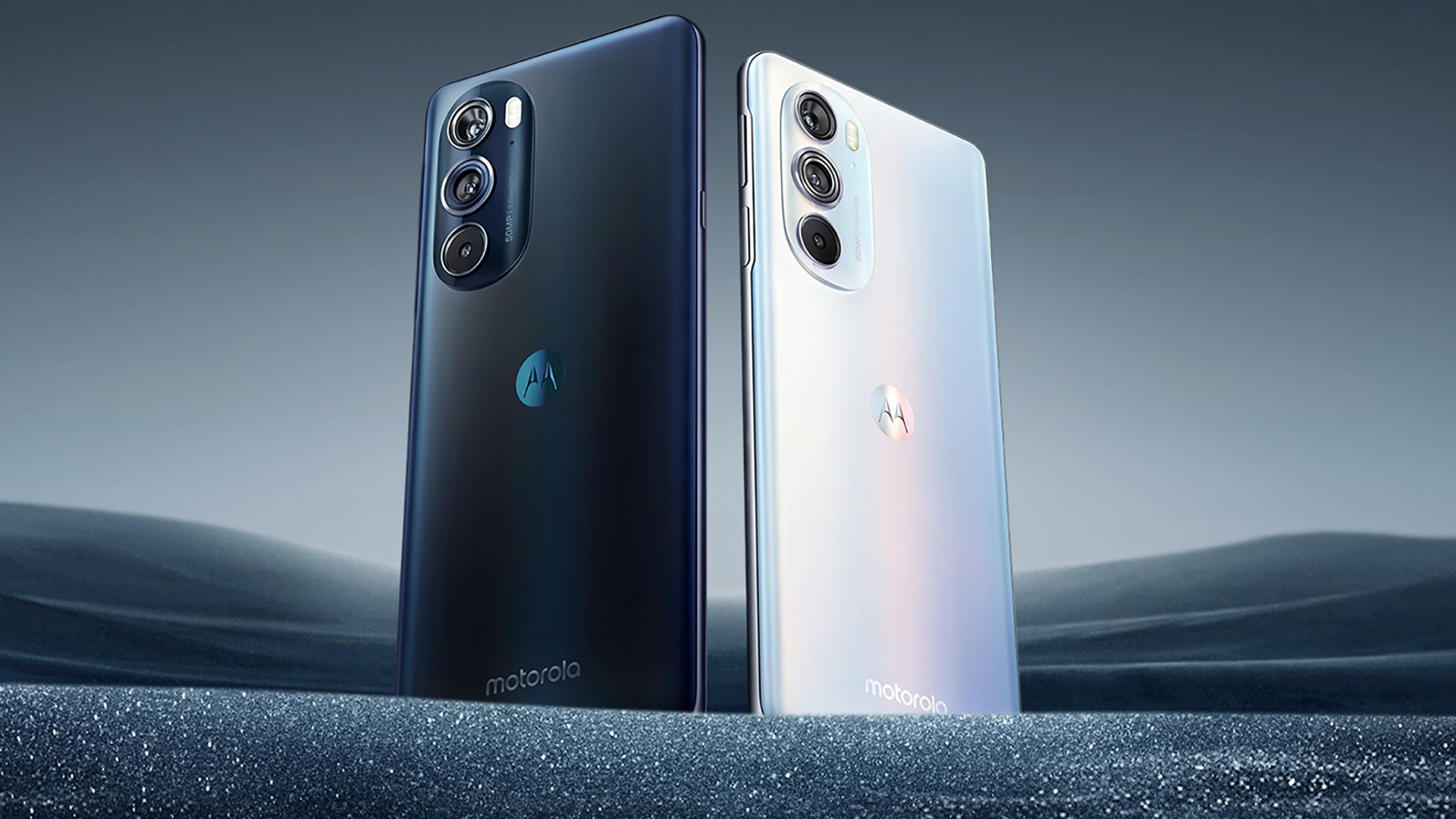
Motorola today unveiled its new budget handsets under the Android One program: the Moto One and Motorola One Power. Both phones are strictly budget oriented and pack internals that matches their price.
First, let’s talk about the Motorola One. The handset features a 5.9-inch notched IPS HD+ LCD at the front. It is powered by a 2GHz octa-core Snapdragon 625 chipset and packs 4GB RAM along with a microSD card slot. Other specs include a 3,000mAh battery, a 3.5mm headphone jack, USB-C port, and a fingerprint scanner. There’s also a dual-camera setup at the rear which consists of a 13MP primary shooter accompanied by a 2MP depth sensor. At the front, there’s an 8MP selfie shooter.
The Motorola One is slightly bigger and more powerful of the two handsets. It packs a 6.2-inch FHD+ notched IPS LCD display, a Snapdragon 636 chipset, and a beefy 5,000mAh battery. The dual-camera setup at the rear has also been improved and the device sports a 16MP primary shooter paired with a 5MP depth sensor. The selfie camera at the front also gets a resolution bump to 12MP. Other specs of the handset remain the same as its smaller sibling.

Both handsets are running on Android 8.1 Oreo, with Motorola promising monthly security updates for three years and two major Android updates. The Motorola One will make its way to markets of Europe, Asia Pacific, and Latin America for €299, while the One Power will make its way to India in October. If priced right, the Motorola One Power might do well in India where it will take on heavyweights like the Redmi Note 5 Pro, Asus ZenFone Max Pro, and others.



















